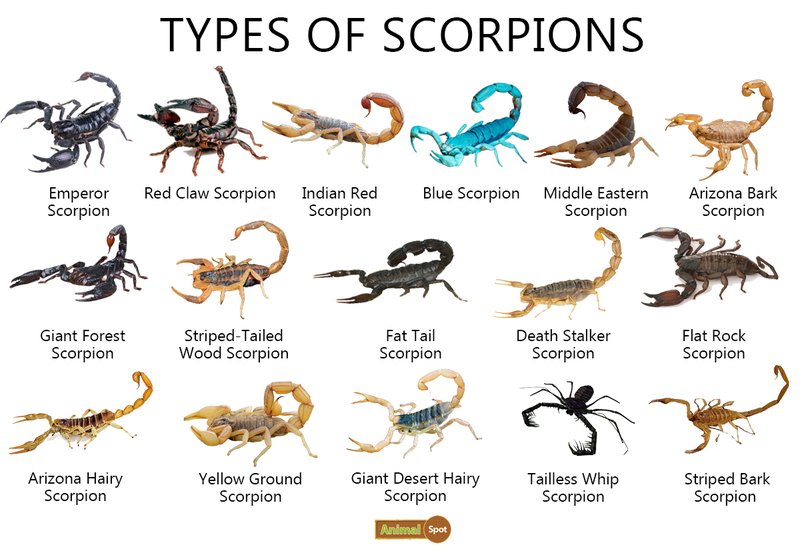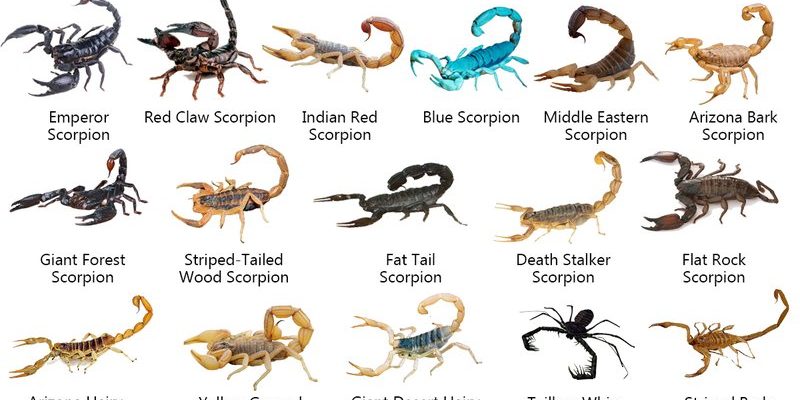
So, why should you care about the Red Claw Scorpion? Well, aside from being a unique specimen of wildlife, these creatures reveal important details about their ecosystems, behavior, and even health. If you’re curious about what makes them tick—or maybe you’re considering keeping one as a pet—you’re in for a treat. Let’s dive into some interesting facts about the Red Claw Scorpion!
Where They Live: Natural Habitat of the Red Claw Scorpion
The Red Claw Scorpion primarily hails from the arid regions of Australia, specifically in New South Wales and Queensland. They thrive in dry conditions, often found in sandy or loose soils. You might think of them as residents of the outback—a world filled with heat and sparse vegetation. These scorpions like to burrow under rocks or create cozy homes in leaf litter, providing them with cool spots to escape the scorching sun.
The environment is crucial for their survival. Think about it: these scorpions aren’t just wandering aimlessly; they have specific adaptations that help them navigate their terrain. For example, their coloration helps them blend into the earthy tones of their habitat, allowing them to avoid predators while hunting for food. The climate also plays a role in their behavior. During dry spells, they become more active at night, similar to how people might prefer to go for an evening stroll when it’s cooler outside.
Interestingly, these scorpions are part of a larger ecosystem. Their presence helps control insect populations, playing a vital role in maintaining the balance of their environment. You might say they’re not just cute critters; they’re essential workers in nature!
Physical Features: What Sets the Red Claw Scorpion Apart
A Red Claw Scorpion is easy to spot, thanks to its striking appearance. The vibrant red claws, contrasting with its dark body, provide an eye-catching display that can be both intimidating and beautiful. Those pincers aren’t just for show; they play a significant role in catching prey and defending against threats.
Their size typically ranges from 3 to 5 inches long, which is pretty standard for scorpions but can still catch you off guard if you’re not expecting it! Another exciting feature is their segmented tail, which ends in a sharp stinger. You might be curious—how do they use it? Well, the stinger is primarily for defense and subduing prey. When they sense danger, they can deliver a venomous sting to protect themselves.
On the inside, these scorpions have a set of specialized organs that help them sense their environment. The pedipalps, or those big pincers, have tiny sensors that detect movement and vibrations. This means they are pretty good at knowing when dinner is approaching or when something is trying to sneak up on them. You could say they’re nature’s little radar systems!
Diet and Feeding Habits: What Do They Eat?
So, what’s on the menu for a Red Claw Scorpion? Their diet mainly consists of insects, including crickets, roaches, and beetles. Picture this: a scorpion lying in wait, perfectly camouflaged, and when a hapless insect wanders too close, it springs into action. They use their pincers to catch their prey, often immobilizing it before delivering a swift sting.
One fascinating aspect of their feeding habits is their ability to go without food for extended periods. In the wild, where meals might not be as readily available, these scorpions can survive for weeks or even months without eating. This skill is a smart survival tactic in their harsh environment.
If you’re thinking about keeping one as a pet, remember that a balanced diet is crucial. Most people feed their Red Claw Scorpions a mix of live insects to keep them healthy and happy. It’s like serving up a buffet—crickets one day, mealworms the next!
Behavior and Temperament: Are They Dangerous?
You might be wondering about how aggressive these little creatures are. While the Red Claw Scorpion has a fierce look, they’re actually known to be relatively docile compared to other scorpions. In fact, many enthusiasts enjoy keeping them in captivity. They tend to be less aggressive unless provoked.
Handling them—if you choose to do so—should be done with care. Always keep in mind that even a docile scorpion can sting if it feels threatened. If you’re curious about their behavior, you’ll often find them basking under a heat source during the day, much like a cat lounging in a sunny spot.
In the wild, their behavior shifts based on the time of day. As primarily nocturnal creatures, they come alive during the night, hunting and roaming. This might sound familiar if you’re a night owl yourself! Their nocturnal nature is another reason they blend so well into their environment, avoiding the harsh light of day while actively seeking food.
Reproduction and Lifespan: How Do They Breed?
When it comes to reproduction, Red Claw Scorpions have some interesting behaviors. After mating, the female gives birth to live young, known as scorplings. This is quite different from many other invertebrates that lay eggs. The mother carries her young on her back until they’re ready to venture out on their own, which is a pretty tender moment in the scorpion world.
In terms of lifespan, Red Claw Scorpions can live up to 5-7 years in captivity. This longevity allows them to develop unique personalities, making them fascinating pets for those who enjoy observing their behavior over time.
Caring for them properly during this time is crucial. Provide them with a suitable environment and good nutrition, and you’ll see them thrive. It’s like raising a small family; your attention and dedication will help them grow into healthy adults.
Keeping Red Claw Scorpions as Pets
If you’re considering adding a Red Claw Scorpion to your household, here’s what you need to know. First off, you’ll want to create a habitat that mimics their natural environment. A terrarium with plenty of hiding spots, like rocks and substrate, is a good start. Keeping the humidity and temperature at optimal levels is crucial for their health.
When it comes to feeding, stick to a diet rich in insects. As mentioned, crickets and mealworms are fantastic choices. One trick is to gut-load the insects before feeding to ensure your scorpion gets all the necessary nutrients. It’s a little bit like meal prepping for your pet!
Lastly, keep up with regular maintenance for their habitat. Clean the enclosure and change out the substrate regularly to prevent mold or bacteria growth. Just like any pet, they still require some TLC.
The Red Claw Scorpion is much more than just a fascinating creature with striking colors. They encapsulate the intrigue of the wild, showing us how beauty and danger can exist side by side. Their roles in nature and their adaptability make them essential components of their ecosystems.
Whether you’re an enthusiast, a potential pet owner, or just curious about these incredible beings, understanding the Red Claw Scorpion opens up a world of wonder. As you learn about their behaviors, habitats, and characteristics, it becomes clear that there’s so much more to these creatures than meets the eye. So, if you ever bump into one (hopefully in a safe way), you’ll know exactly why they’re so amazing!

